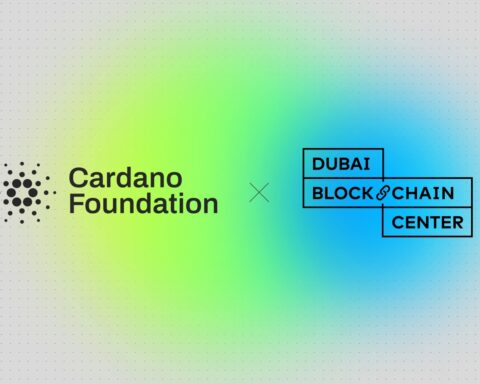University College London (UCL), a top-10 globally ranked university, has published a significant new research paper on the varying environmental impacts of different distributed ledger technologies (DLT). The paper examined the energy consumption of second-generation consensus models such as Proof-of-Stake, which promise to provide more favourable energy consumption characteristics than their Proof-of-Work predecessors. Researcher’s at UCL’s Centre for Blockchain Technologies (UCL CBT) quantified and compared the energy demands of six second-generation systems: Algorand, Cardano, Ethereum 2.0, Hedera Hashgraph, Polkadot, and Tezos. The full paper can be found here.
The research paper found that Hedera Hashgraph had the lowest overall energy consumption of the systems studied. Dr. Paolo Tasca, Executive Director at UCL CBT, said: “At this point, the benefits of Proof-of-Stake are well-recognised and understood in the blockchain space. However, through this research, we have found that not all Proof-of-Stake networks are created equally. This is something that both investors and adopters need to be wary of when selecting their network of choice. While it’s fantastic to see that Ethereum 2.0 will be Proof-of-Stake, looking at these results it’s clear that we need to remain vigilant of its potential environmental impact.”
The research was conducted by UCL CBT by formalizing a basic mathematical consumption model for validator-based Sybil attack resistance schemes. This model allows quantifying the energy consumption per transaction based on common input variables, such as the number of validators and the throughput characteristics of the system analysed.
Ultimately, the study found that the energy needs of the varying consensus protocols was dependent on the number of active validators. The UCL researchers warned that distributed ledger technology (DLT) networks need to be wary of the effect of different design choices in their architecture over energy consumption, as well as of the quality of the hardware used by the node operators. The research concluded that DLT networks must remain focused on environmental friendliness as scale increases.
Dr. Tasca concluded: “The findings of this study are a fantastic starting point for improving existing DLT design options, as well as developing new consensus protocols while keeping sustainability front of mind. We found that, through applying contemporary throughput and validator counts, Hedera Hashgraph has the most favourable energy consumption characteristics.”
For more information, download the full report at: http://blockchain.cs.ucl.ac.uk/blockchain-energy-consumption/













